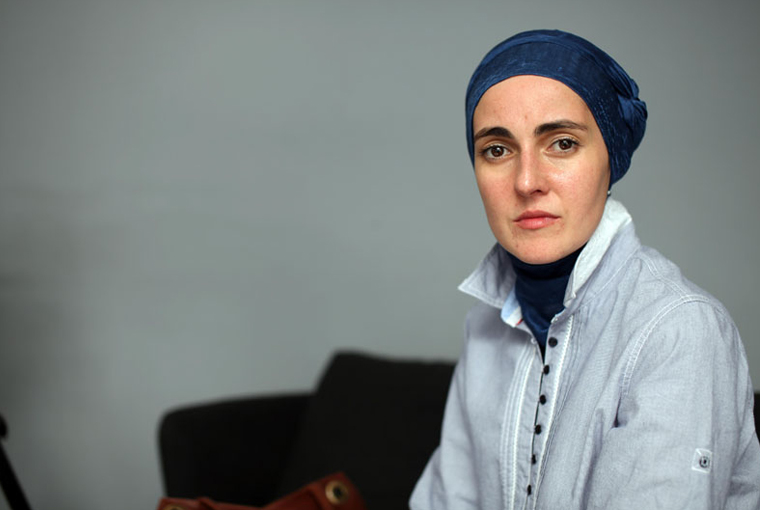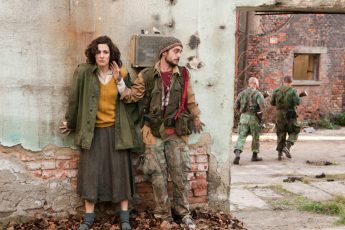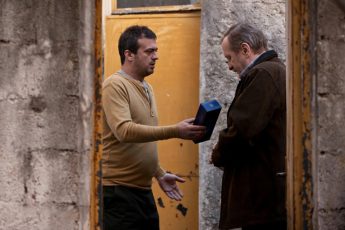
Colette de Castro met up with Aida Begic who presented her latest feature “Children of Sarajevo” in Cannes last month. The film revolves around two siblings who lost their parents during the War…
Who wrote the script for your film?
I did.
While making my first film, Snow, we talked a lot about something called “the Bosnian dream”. Back then we had a dream and we believed in the reconstruction of our society. But then sometimes when we were talking about the war, my friends and I would get really lively. It seemed like people had been more human during the war. Before making this film I realized that in seventeen years of transition time we had lost the idea of the future, and we were living in limbo. Living in memories. The transition from socialism to capitalism was very problematic. In a way, we now have the worst elements of both systems, the worst of capitalism and the worst of socialism.
This film was in preparation for four years, but the last part was all done very fast – the filming, the producing, and then suddenly Cannes…
Was the footage in the film real?
Yes, it was from the private archive of a man who was always making little home videos during the war. I searched through a whole lot of private archives, there are many private archives of film taken during the war which exist, but finally I decided to stick with this one guy who had a private collection. He has so many videos. I tried to construct a story which would work even without the flashbacks, but it was important to include them too, to remind us of the war.
How did you cast the actors?
We worked with actors from all over the Balkans. We did a huge casting, in Bosnia, Croatia, Serbia… The language is similar so it doesn’t matter. Maria (Marija Pikić) came from Banja Luka. (The second largest city Bosnia and Herzegovina). As soon as I saw her I knew she was the one to play this role.
Why did you choose to show the main character taking off her headscarf?
There are a lot of preconceived ideas about women who wear headscarves, a lot of prejudice. It is an important issue. I wanted to show Rahima as an ordinary woman. I thought a lot about the moment when I would show Marija without it, and that moment in the film seemed like the perfect time.
She looks a bit like you…
Well, she doesn’t really look like me but a few people have mentioned that. I think it’s because of the veil. Marija told me that I was the first person she had met who wore the hijab. She watched me a lot, studied my movements. I thinks that’s why she makes you think of me, not because of how she looks, but because of how she acts, in a way she based her character on me.
What about your next film?
There are two possibilities. One is a kind of experimental thing, what we call “cross-media” (a type of performance that takes place across several media platforms). The other one is a poetic love story. In any case I want to do something very different from what I’ve done so far.
Thanks for your time.




Leave a Comment